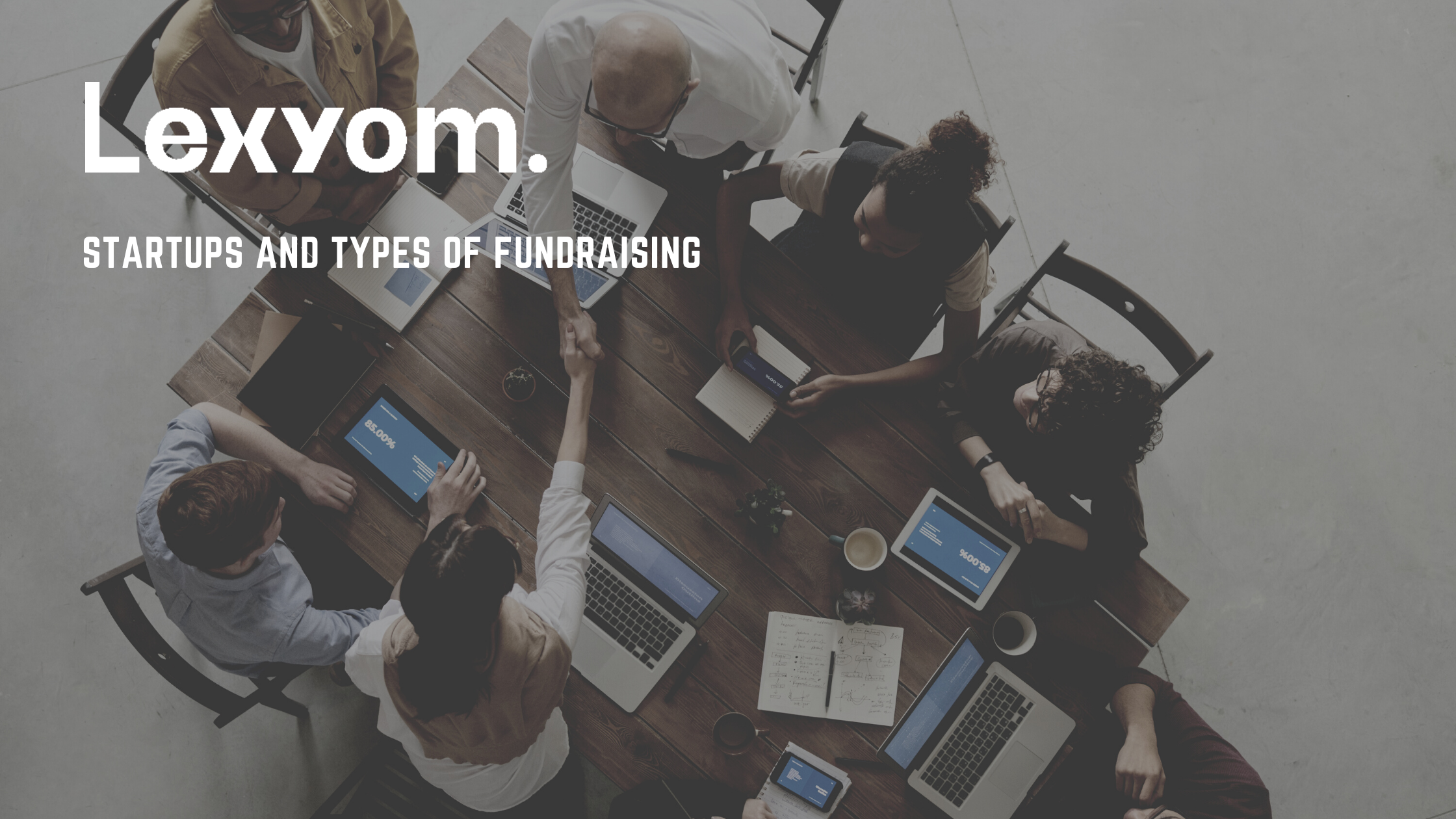Every startup needs to raise funds at some point. There is no specific timing where startups should do so.
Each startup has a different path and a different timeline for raising funds.
There are different types of fundraising depending on the stage when the startup decides to raise funds, and these types are the following:
- Seed round: it is the first official money that a startup raises. It usually happens at the earliest stage, when the startup is at the initial idea stage. Just as it is named, such funding is considered the plant’s seed, helping grow the business. Commonly, the investors in this type of funding are angel investors. This is considered the riskiest stage to invest in a startup since it is still very new and at the beginning of its activity. The percentage of its failure is still relatively high.
- Series A round: it is also a risk to invest at this stage because the startup still has a lot to prove. At this stage, a startup must possess a great strategy to attract investors and urge them to invest because just having great ideas is not enough. Once the startup has secured the first investor, it is easier for it to attract other investors. It is the first time the startup offers company ownership generally in the form of preferred stocks in return to the investor’s investment.
- Series B round: there is a low risk in this round for investors because, at this stage, the startup has proven itself, and its goal from this round is to expand its market to meet the clients’ demands. The funding in this round is higher than in Series A round. Startups undergoing Series B rounds are considered well established.
- Series C round: at this stage, the startup is already a success, and the goal behind this round is to make new products, to expand its market. Series C round is focused on scaling the startup growing as quickly as possible. A possible way to scale the startup is through acquiring other companies. Since this type of funding is less risky, the type of investors in this round is usually hedge funds, private equity, and investment banks. Is it the last stage of a startup’s growth before an Initial Public Offer (IPO)?
The startup can even have more funding rounds such as Series D and Series E. For example, when it continues to grow and develop or in the case where it couldn’t achieve its goal in Series C.
To note that the investors’ demands differ in respect to the type of round they invest in.







